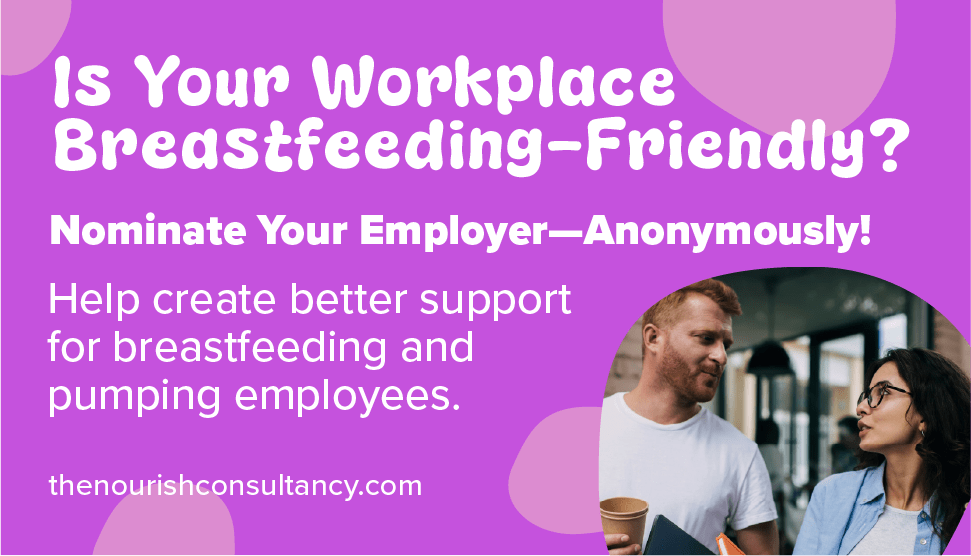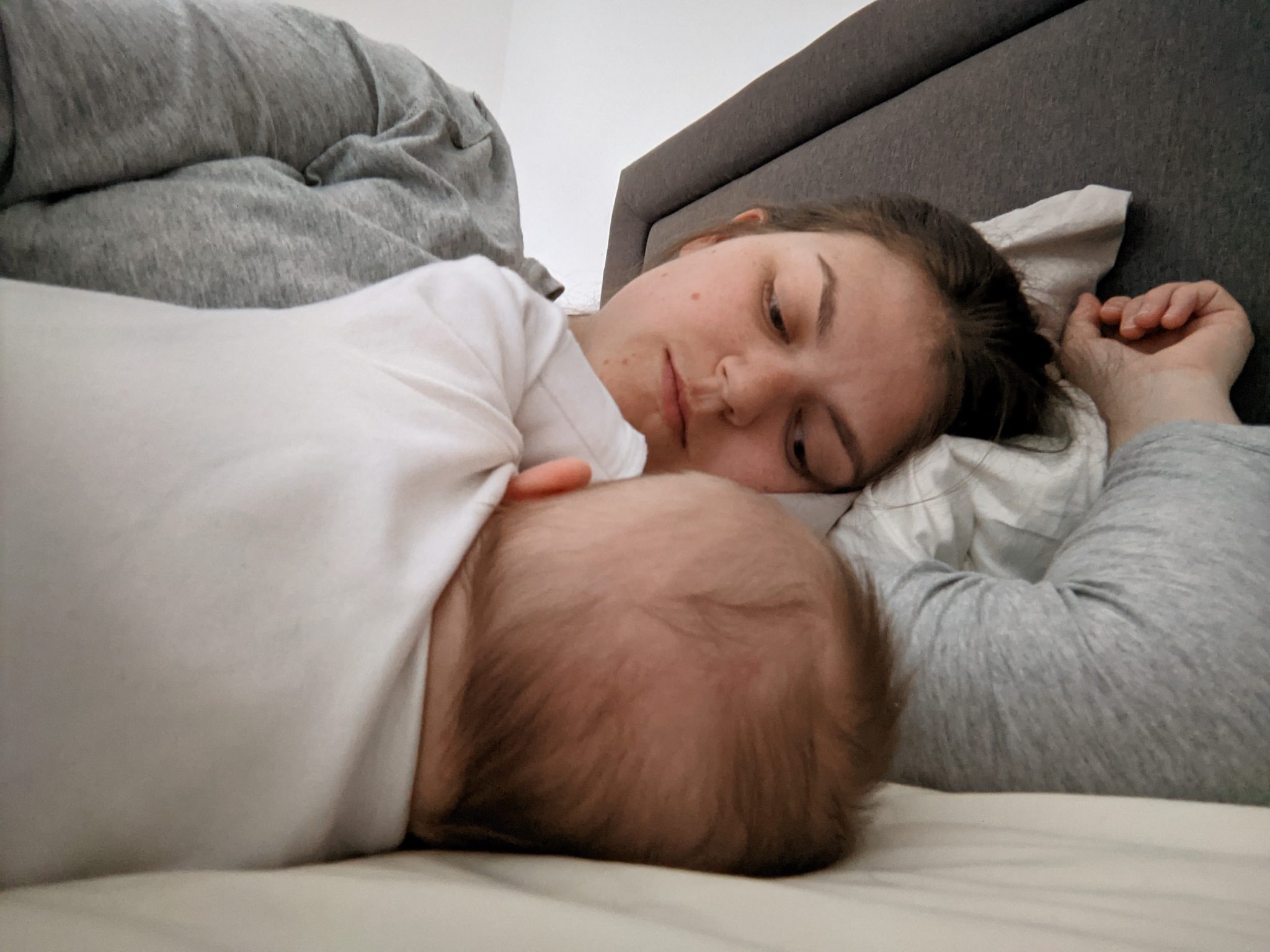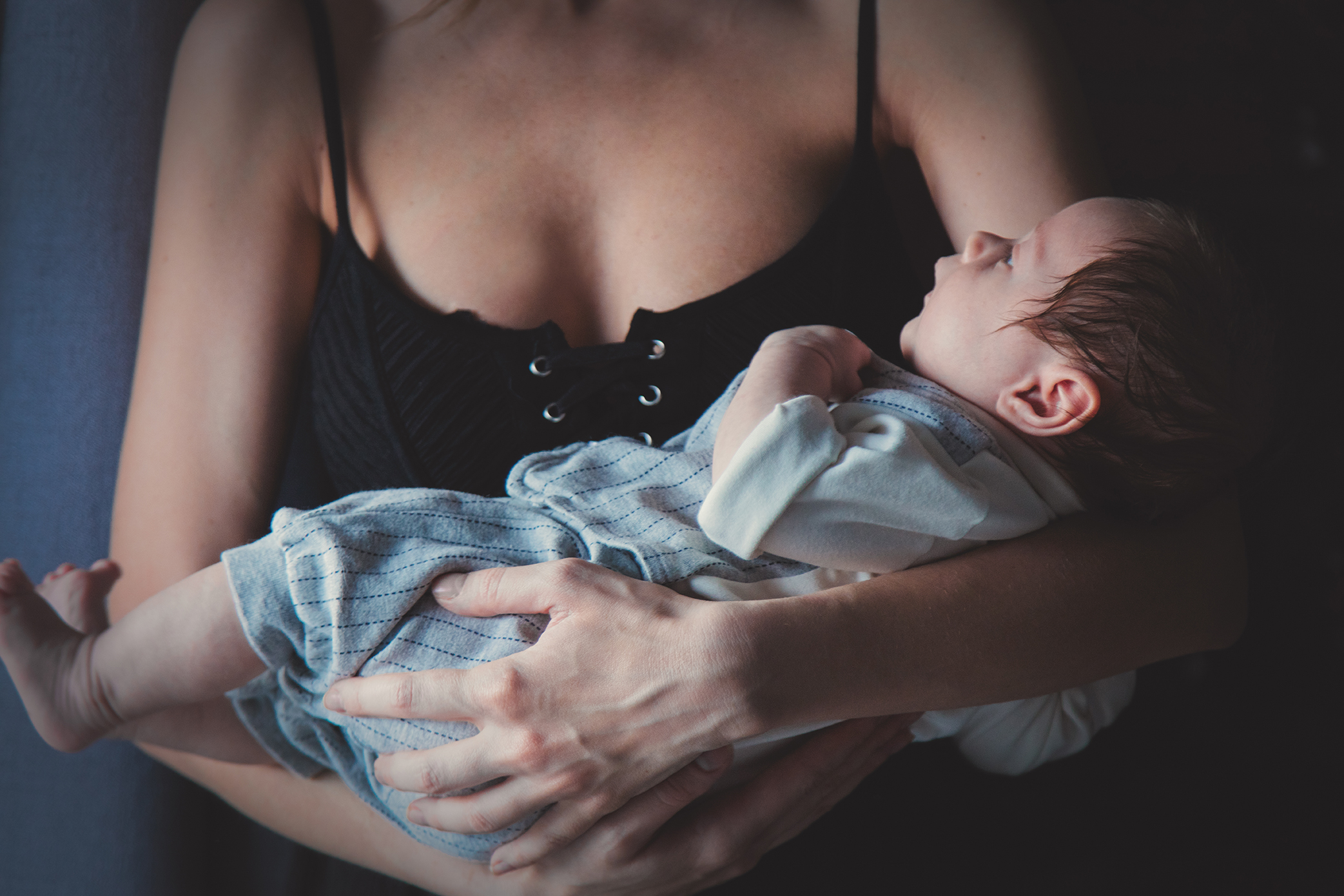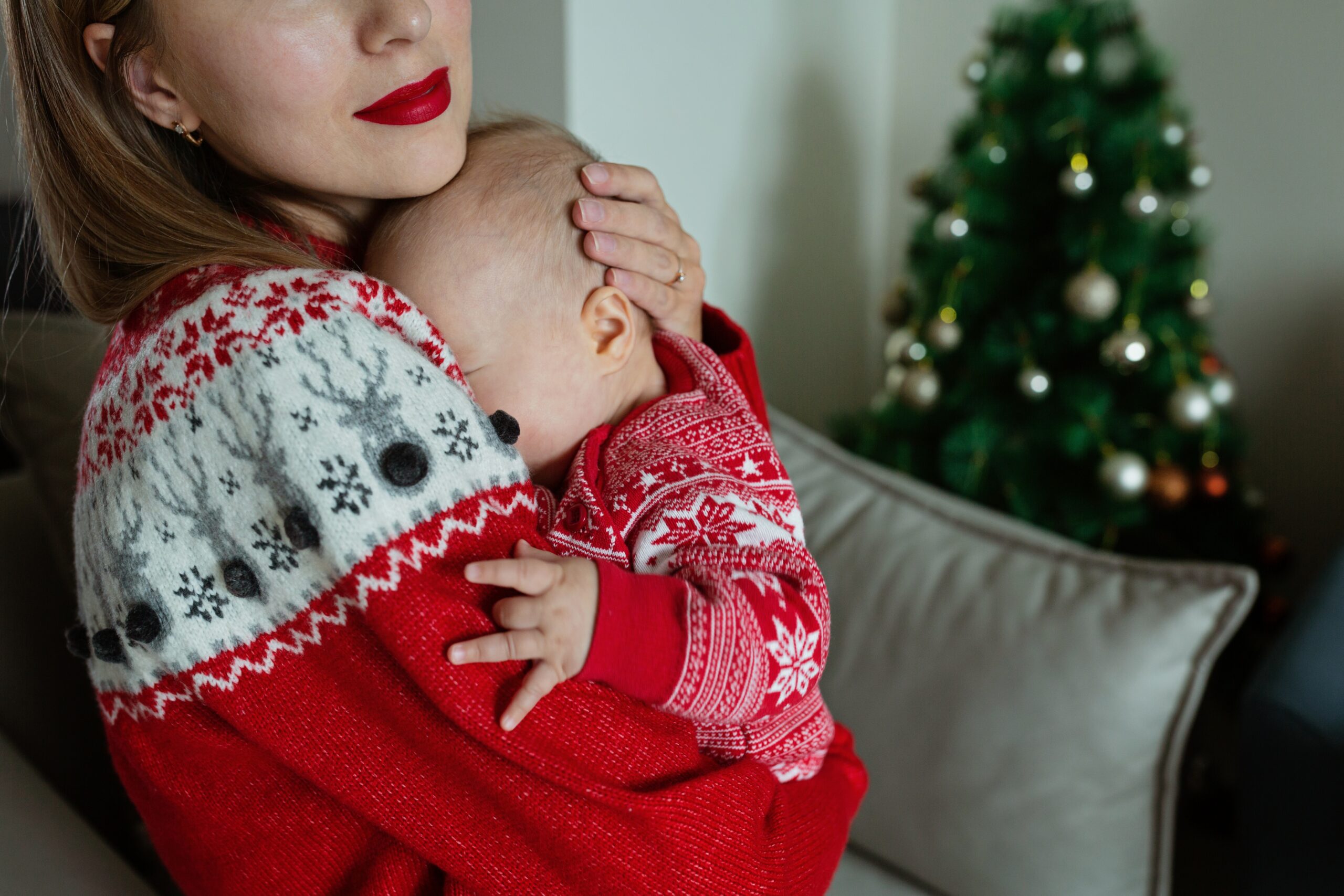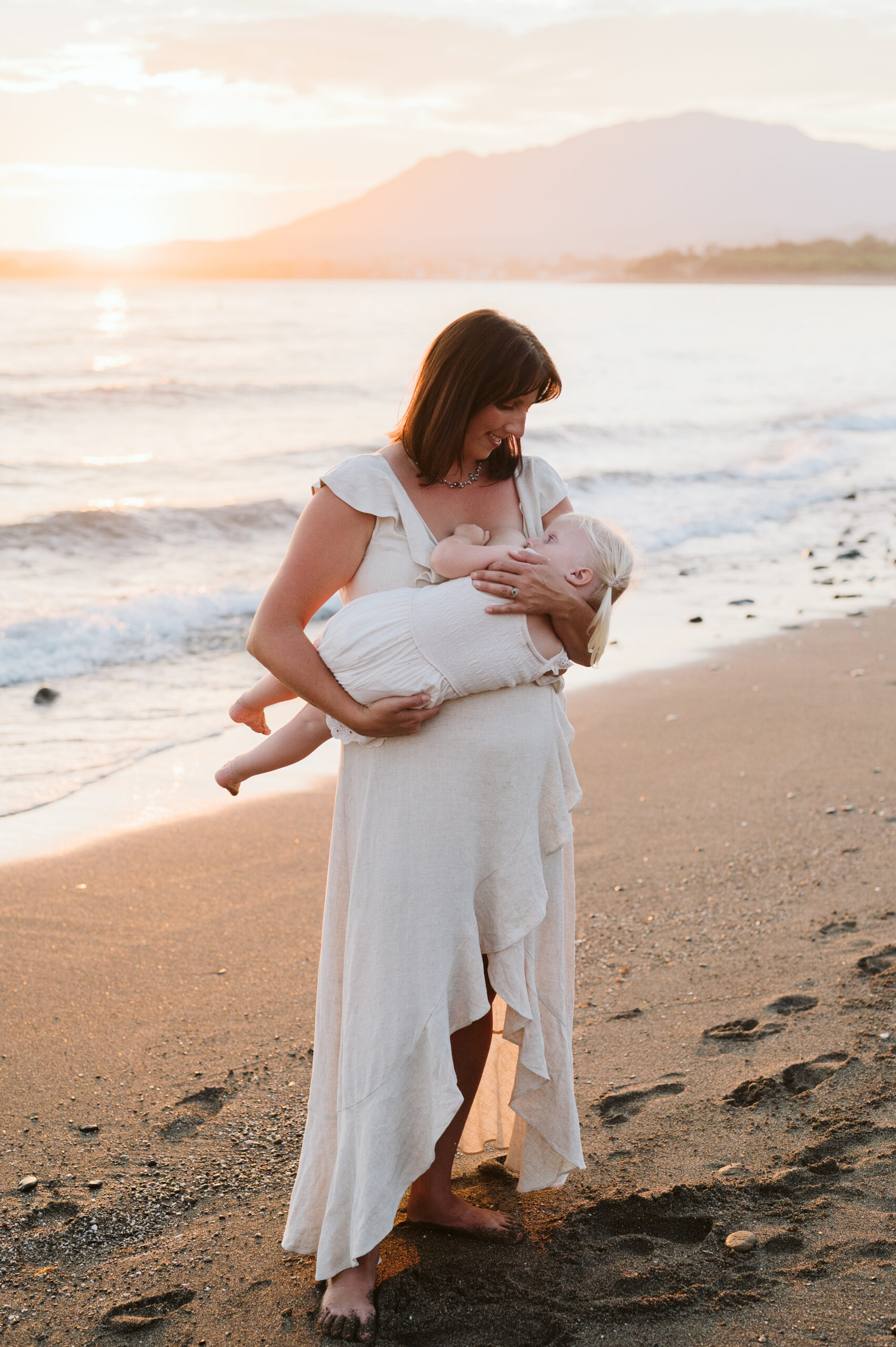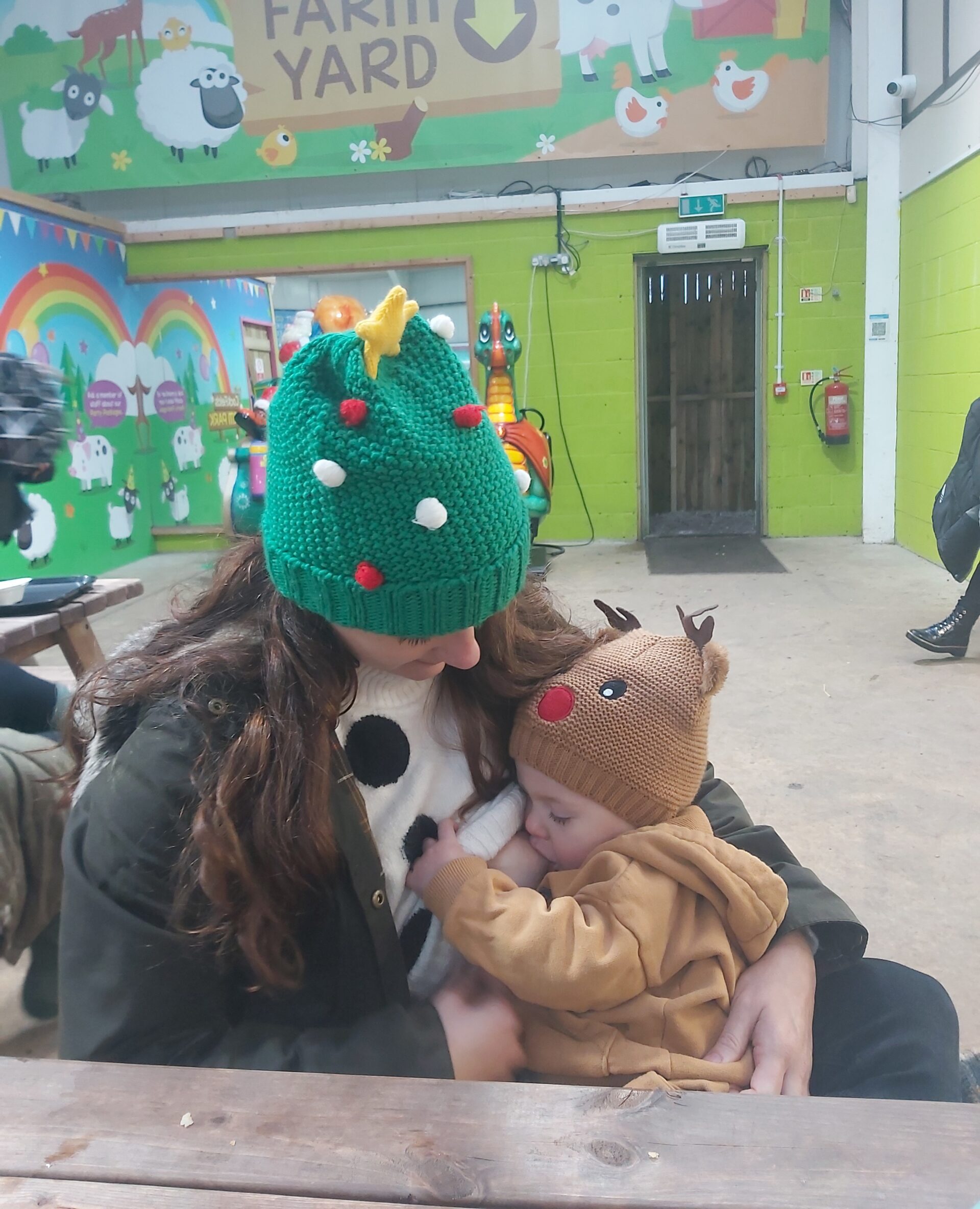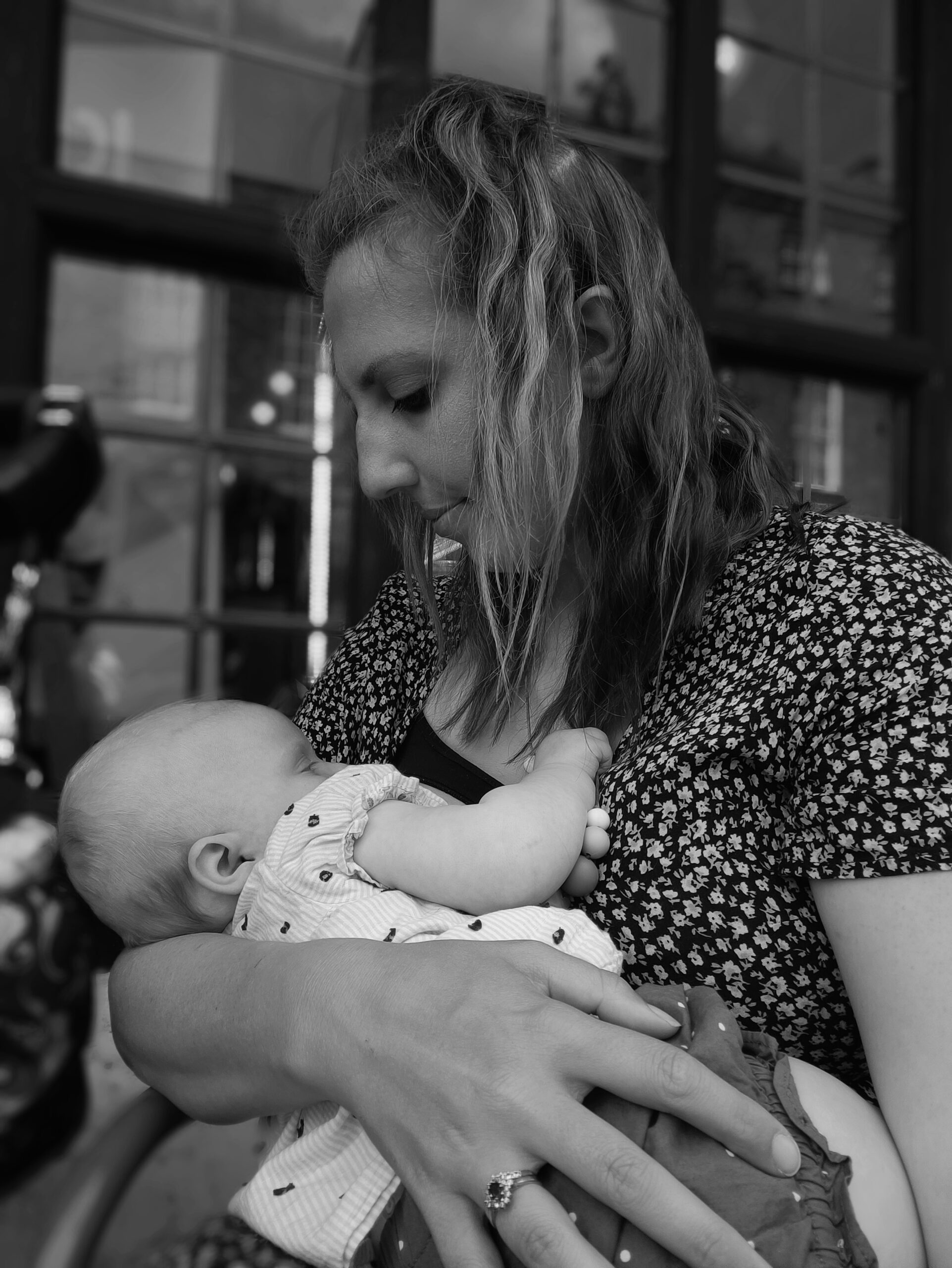When you start out on your breastfeeding journey you may get warned about the risk of mastitis. However, for most breastfeeding mothers, they will never have heard of the condition until they get it themselves.
As with most things, knowing and understanding about a condition can help you avoid it, or at the very least, treat it early to avoid further complications.
What is mastitis?
Mastitis is a painful inflammation of the breast, and can make you feel very unwell very quickly. Sometimes there can be a bacterial infection present, but not always.
This painful inflammation of the breast can happen at any stage of your lactation journey – but is more likely to come about in the early stages of breastfeeding or if you abruptly stop breastfeeding.
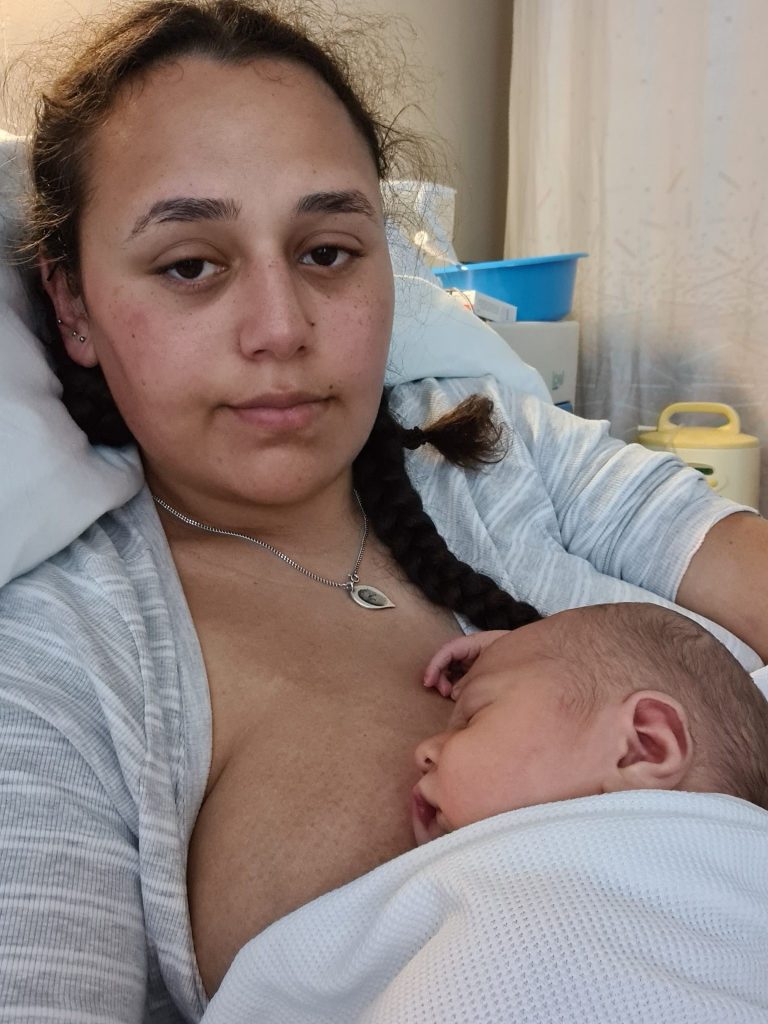
Mastitis is a painful inflammation of the breast, and can make you feel very unwell very quickly.
What causes mastitis?
Sometimes there’s an obvious reason why mastitis takes hold, such as skipping a feed or baby repeatedly feeding off one breast and not the other (which can lead to a painful build up of breast milk in your breast).
Wearing tight or restrictive clothing (particularly a poorly fitting bra) or suffering from stress and fatigue may also increase your risk of mastitis. However, sometimes there doesn’t appear to be a reason why it occurs.
Early detection of mastitis
The thing about mastitis is that if it’s caught early then you can undertake self-help measures to stop it in it’s tracks – or at the very least you will know when to seek medical assistance and get it treated sooner rather than later. If left untreated, it can escalate very quickly and cause you to be very unwell. However, it can be hard to detect sometimes due the varying symptoms different women experience.
For some women their breasts become red, swollen and lumpy. It’s this breast discomfort that can make it painful for them to feed their babies. Some women experience no visible change to their breasts but they do experience flu-like symptoms such as aches, pains and a high temperature.
In an effort to lift the lid on mastitis, we asked breastfeeding mothers to share their symptoms of mastitis and how it effected them. This is what they had to say…
1. Mastitis can make you feel unwell very quickly
One minute you can be feeling fine and the next minute mastitis can take hold, leaving you feeling very unwell. It is the quick onset that makes it so important to act as quickly as you can to treat it.
“It can hit you out of nowhere, and you can go from feeling perfectly fine to not being able to crawl out of bed.” says Petrina O’Halloran
“I went downhill in 6hrs from the initial pain, put cabbage leaf on and had paracetamol then a few hours later I was having full on shivers, high temp, drove myself to minor injuries (not sure how!) and within the hour I was completely delirious and had passed out.” recalls Celeste
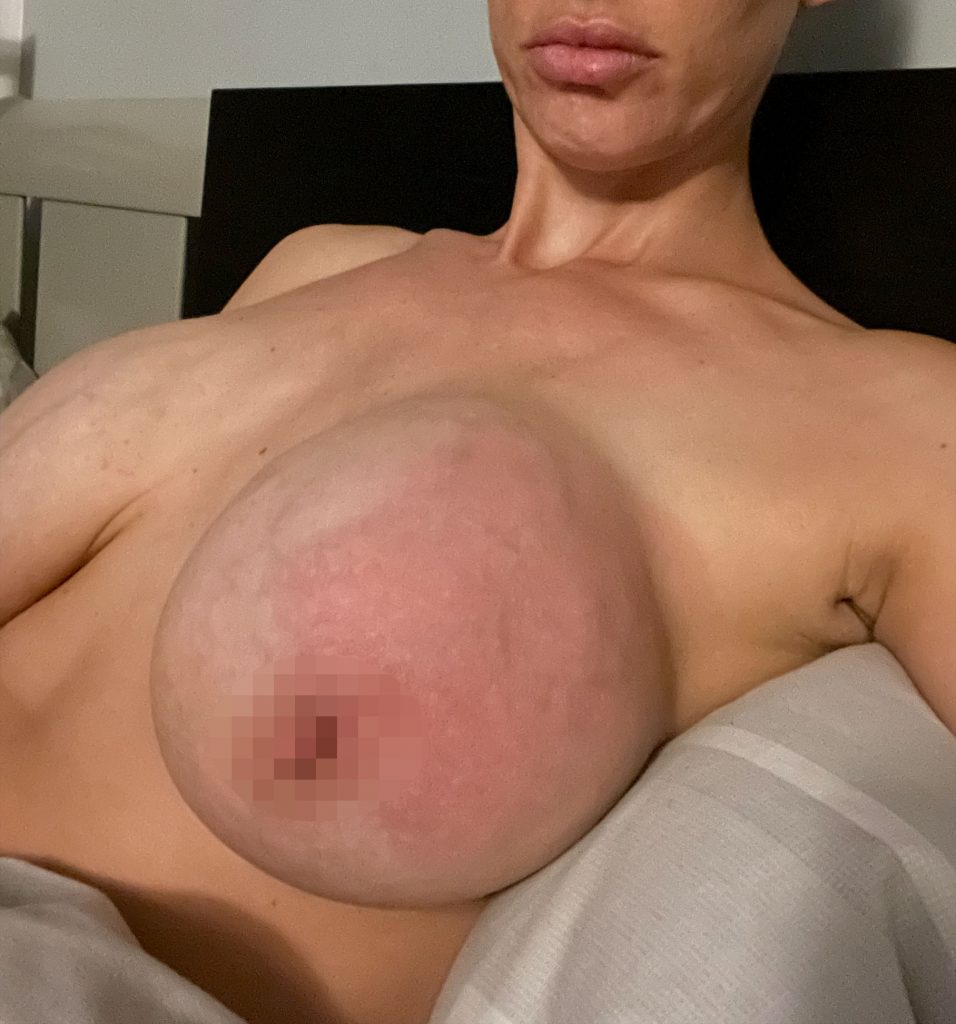
2. Your breasts can turn bright red with mastitis
Many breastfeeding mothers report having red, swollen and even lumpy breasts. One breast or both breasts can be affected. Breast pain can be one of the early signs of mastitis.
“I had it in both boobs but worse in one in particular. Solid, red and painful boobs.” says Gemma Woodhouse
“My boob was so so painful and red and lumpy.” says Beth Shafiq
3. Mastitis can cause fever and hallucinations
Mastitis can bring about high temperatures, and in some severe cases, even hallucinations. This can leave you feeling very unwell and disorientated and it’s important you seek immediate medical attention.
“I had a fever and I started to hallucinate as a result. It was pretty petrifying and I felt paranoid that someone would come and take my baby away. It was a truly terrible time.” says Amee Gosney
“Mastitis was the worst fever I’ve ever had” recalls Hannah Blake
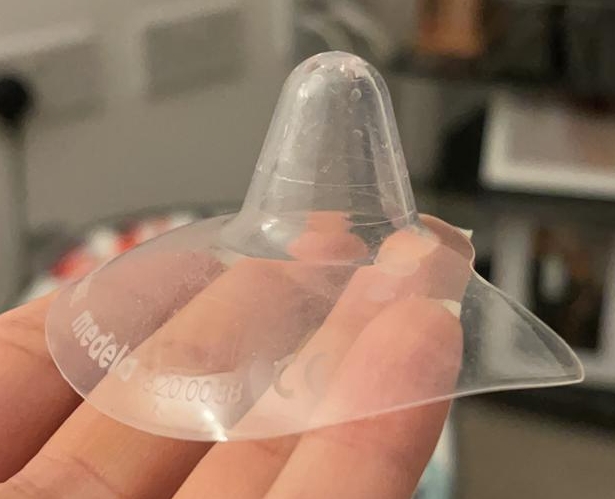
4. Nipple shields can increase your risk of mastitis
There are many breastfeeding mothers who have only been able to continue to breastfeed by using nipple shields. This is because nipple shields can help a baby latch on to the breast more efficiently as well as limit any breast pain you may be experiencing. However, there are downsides to using nipples shields as they can increase your risk of mastitis.
“While you can get mastitis when feeding without shields, using them can increase the risk of it. This is because they can often make it harder for all parts of the breast to drain properly, thus leading to blocked ducts and mastitis if you’re unlucky.” says Fiona Moody
“When using nipple shields, milk ducts can get blocked as there is no direct suck from your child to empty them and this can lead to mastitis.” says Cee Rainey
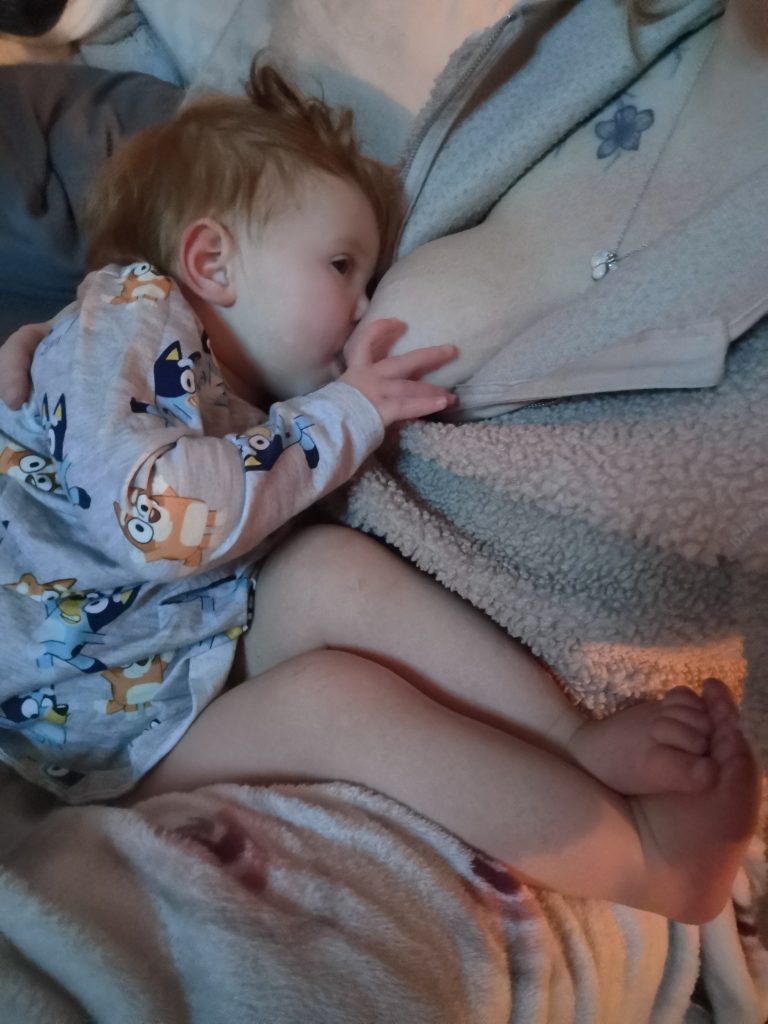
5. You can get a breast abscess with mastitis
In some cases women with mastitis have reported getting an abscess in the breast. An abscess is a painful collection of pus that forms in the breast, underneath the skin.
“I had an abscess…it was the most hideous experience of my life.” recalls Nicole Sinclair
“I got an abscess and I had milk and pus coming out of my nipple.” says April Robson
6. Mastitis can reoccur
Whilst many breastfeeding mothers never get mastitis, some women get it time and again. Often there is a reason behind why a person gets mastitis, however, some women may just be more prone to getting it than others – especially if they are feeling run-down or ill.
“I’ve been breastfeeding for nearly 8 years now and have had mastitis several times!! It hurts so much!!!” says Maureen Hamblin
“I had mastitis a couple of times as I tried to work out how to reduce the pumping while I increased directly feeding.” says Gemma Nixon
7. Mastitis may put you at risk of sepsis
If left untreated mastitis can become very serious, and could even put you at risk of sepsis. For this reason, it is important to seek urgent medical help if you suspect your symptoms are getting worse rather than better.
“I’d developed mastitis which nearly turned to sepsis. It all happened so quickly – I felt a lump Saturday and was almost deadly sick by Monday night.” says McKenzie Kennedy
“In less than 48 hours I went from feeling slightly unwell to being admitted to hospital and on the verge of sepsis. I was given IV antibiotics, pain relief, and fluids. Bloods were taken and I was having regular monitoring.” recalls Grace Redmond
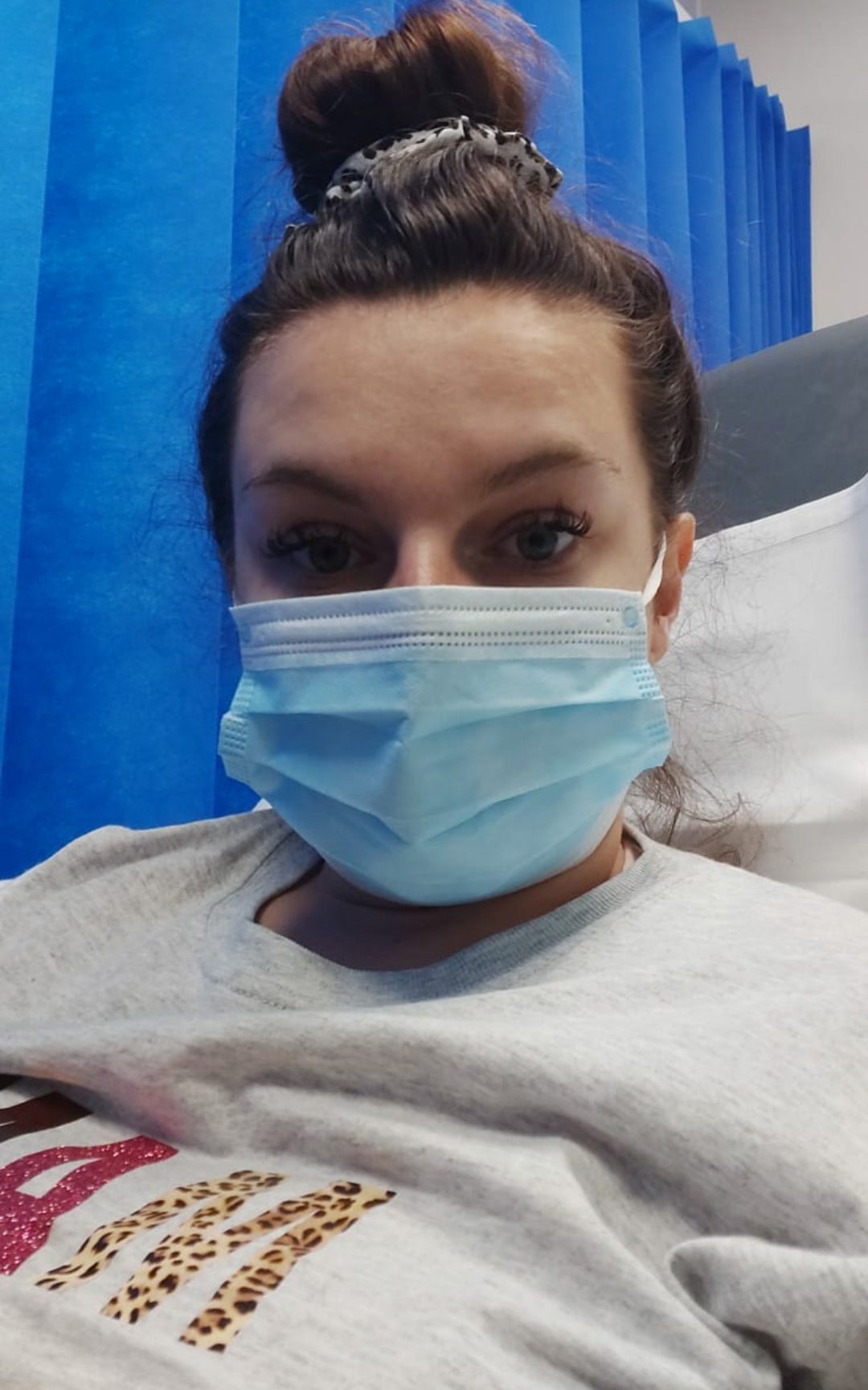
8. Antibiotics can clear-up mastitis
Whilst some self-help measures like gentle breast massage and a cold compress on the breast can help stop mastitis in its tracks, sometime antibiotics need prescribed to clear up any infection present. If your symptoms haven’t improved in 24 hours then speak with your doctor as you may need a course of antibiotics.
“I managed to get antibiotics before it really caused too much pain or any other associated issues.” says Gemma Orchard
“I was so poorly with it! I had to get strong antibiotics!I” recalls Lauren
Disclosure: This article contains the personal experience of others and is not meant as a medical guide. If you are experiencing breastfeeding issues, or suspect you have mastitis, seek help and support from a trained medical or breastfeeding specialist, such as a lactation consultant.

